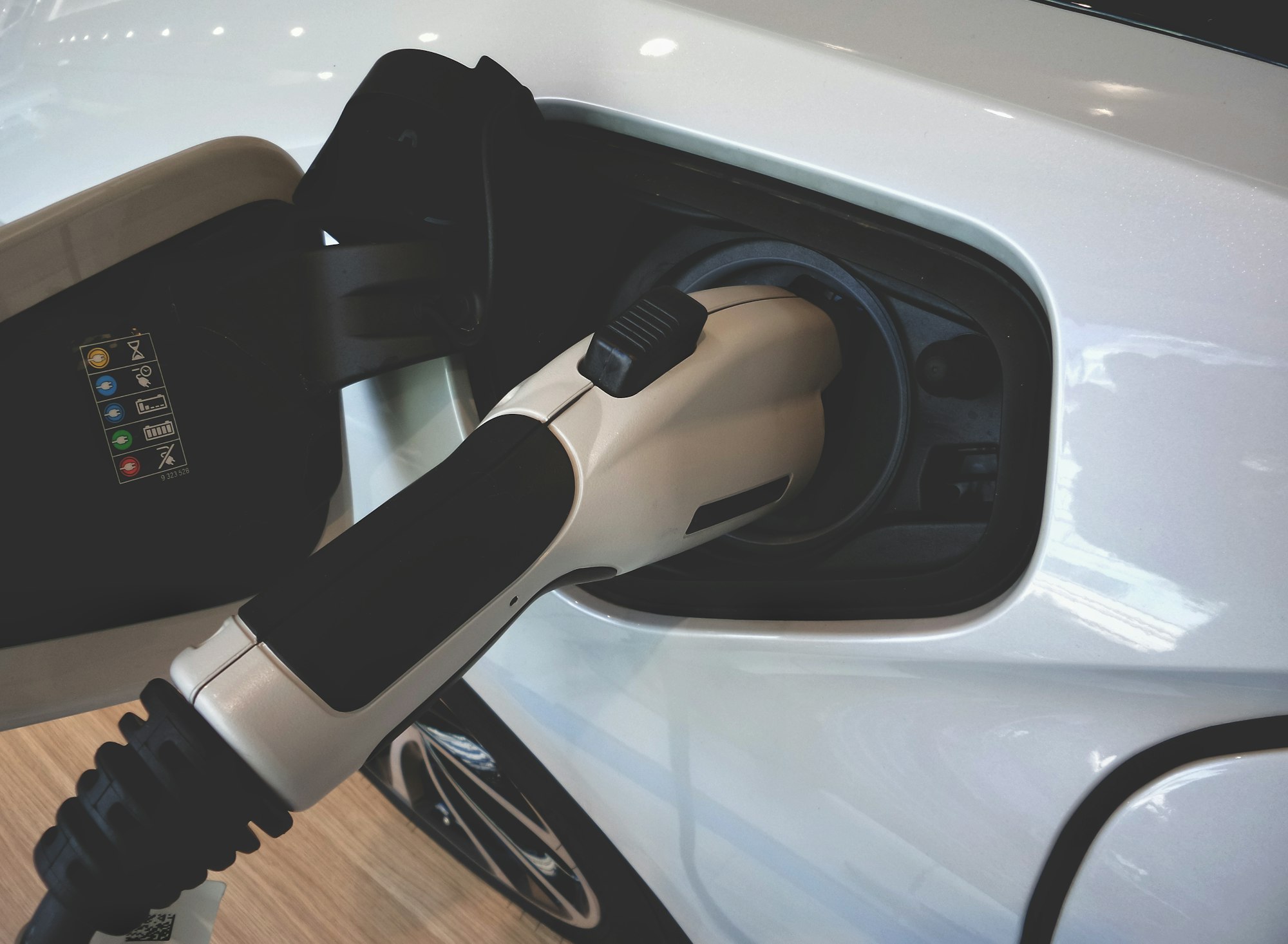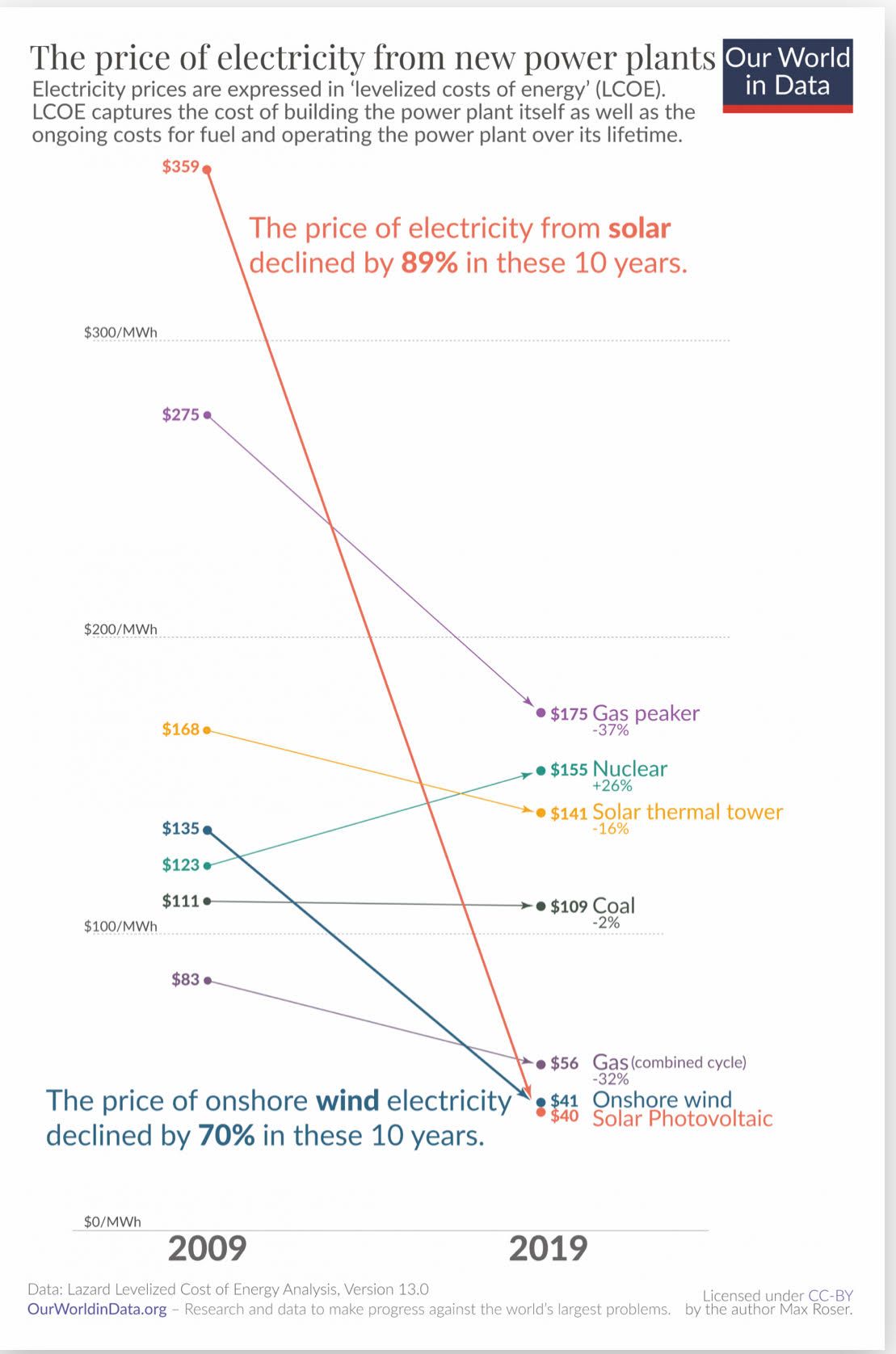The recent Russian attack on the Zaporizhzhia nuclear power plant in Ukraine illustrates two more reasons, to join a long list, why nuclear power is such a bad idea.
In describing the problems with nuclear power, where do you begin? Well, let’s go back to 1776. In that year, Adam Smith’s The Wealth of Nations was published. In one of the most famous passages from that book, Smith explained why nuclear power is so expensive. Although Smith himself didn’t know about nuclear fusion at the time, he discussed the importance of specialisation, economies of scale, and division of labour, and he took as an example a pin factory. A pin, a tiny tool made in its hundreds of thousands — can you imagine a product more different from a massive nuclear power station for which the cost of a single unit (the power station) is billions of dollars?
Smith wrote: “One man draws out the wire, another straights it, a third cuts it, a fourth points it, a fifth grinds it at the top for receiving the head; to make the head requires two or three distinct operations; to put it on, is a peculiar business, to whiten the pins is another; it is even a trade by itself to put them into the paper; and the important business of making a pin is, in this manner, divided into about eighteen distinct operations, which, in some manufactories, are all performed by distinct hands.”
The division of such labour not only enables the creation of many multiples of a product, but it also does so rapidly. “I have seen a small manufactory of this kind where ten men only were employed, and where some of them consequently performed two or three distinct operations. But though they were very poor, and therefore but indifferently accommodated with the necessary machinery, they could, when they exerted themselves, make among them about twelve pounds of pins in a day,” wrote Smith.
Specialisation, scale, renewables and nuclear
Smith was specifically discussing the importance of division of labour, but the pin factory also illustrates the importance of specialisation and economies of scale. For example, making a single pin would be enormously time-consuming. However, making 12 pounds of pins a day leads to a massive reduction in the cost of each pin.
Solar panel and, to a lesser extent, wind turbine production are analogous to the pin factory. They are made at scale, and the more we make, the cheaper they become.
That is the underlying reason why solar and wind has followed a learning rate — every doubling in output leads to a fall in cost. And this fall in cost is enormous. If you measure the fall in the cost of solar and wind relative to time, the resulting function is exponential. The cost of solar has fallen 97 per cent since 1991.

Nuclear power stations, by contrast, are made in individual units. Defenders respond by saying, “but what about small modular nuclear power?” This description is highly misleading. As this report on the BBC states: “Rolls-Royce SMR said one of its power stations would occupy about one-tenth of the size of a conventional nuclear plant - the equivalent footprint of two football pitches - and power approximately one million homes.” A typical wind turbine provides energy for between 500 and 1,000 homes. To compare the base units in small modular nuclear with a wind turbine is like comparing a 12 inch bolt with a pin.
The above explains why solar and wind power has fallen in cost by an extraordinary amount over the last ten years, twenty years and thirty years, while if anything, nuclear has risen in cost.
A major problem with nuclear, as highlighted by the Ukraine invasion
The attack on the Ukrainian city of Enerhodar and its Zaporizhzhia nuclear power station could have created a nuclear catastrophe, ten times more severe than the Chernobyl, said Dmytro Kuleba, Ukrainian Foreign Affairs, on Twitter.
Russian army is firing from all sides upon Zaporizhzhia NPP, the largest nuclear power plant in Europe. Fire has already broke out. If it blows up, it will be 10 times larger than Chornobyl! Russians must IMMEDIATELY cease the fire, allow firefighters, establish a security zone!
— Dmytro Kuleba (@DmytroKuleba) March 4, 2022
So far, so obvious. The attack on Zaporizhzhia highlights yet another problem with nuclear power, the risk of attack in war or by terrorists.
There is a second point. The Zaporizhzhia generates around 20 per cent of Ukraine’s electricity.
In other words, because of the size of individual nuclear plants, they pose a substantial security of supply risk. Electricity supply is too reliant on a small number of plants. Contrast this with wind and solar, whose distribution follows a small-world network, like the internet. If an individual wind turbine is taken out, even a very large turbine, the overall impact on the network is negligible.
The slam dunk — we are not finished yet
So that is the modular nature of wind turbines and solar panels versus the scale of nuclear power. The contrast creates this huge cost discrepancy between renewables and nuclear — a discrepancy that is likely to expand.
Then there is the risk of a military or terrorist attack on a nuclear power station.
And then there is the scale of nuclear, making the energy supply reliant on a small number of sources, whereas renewables can be distributed.
But there is more.
Baseload
Defenders of nuclear, say we need a baseload for energy security. But do we really?
Indeed, the whole baseload argument is built on shaky foundations.
Electricity demand fluctuates enormously — from tiny in the middle of the night to off the charts at halftime during the World Cup final when millions of people simultaneously put the kettle on.
Take these words from Steve Holliday, CEO of National Grid, written in 2015: “The idea of baseload power is already outdated. I think you should look at this the other way around. From a consumer’s point of view, baseload is what I am producing myself. The solar on my rooftop, my heat pump – that’s the baseload. Those are the electrons that are free at the margin. The point is: this is an industry that was based on meeting demand. An extraordinary amount of capital was tied up for an unusual set of circumstances: to ensure supply at any moment. This is now turned on its head. The future will be much more driven by availability of supply: by demand-side response and management, which will enable the market to balance the price of supply and of demand. It’s how we balance these things that will determine the future shape of our business.”
Dr Paul Dorfman, Associate Fellow, Science Policy Research Unit, University of Sussex and chair of the Nuclear Consulting Group, told Techopian that “nuclear doesn’t load follow…nuclear is very bad at ramping up and down. So the last thing you need to support so-called intermittent renewables is nuclear.”
Deep dive; Dr Paul Dorfman discusses why baseload is an outdated concept.
For more on baseload, see this Twitter thread.
Hey, I killed baseload before 2012! Damn kids, think they invented everything :-)https://t.co/e02aGlhtV7
— Michael Liebreich (@MLiebreich) March 2, 2022
The cost of nuclear
As this chart from 'Our World in Data' shows, the price of electricity from new nuclear power plants increased by 26 per cent between 2009 and 2019, while the price of solar fell by 89 per cent and the price of onshore wind fell by around two thirds. In 2019, the price of electricity from new nuclear power was around three times greater than the price of electricity from onshore wind and solar.

Furthermore, the initial cost of building a nuclear power station can easily exceed $10 billion. The Hinckley Point nuclear power plant in the UK is expected to cost more than $22billion!
According to this report, the cost of a new nuclear plant is between $6bn and $9bn per 1,100 MW plant.
The Hinckley Point nuclear power plant is expected to generate up to 3,260 MW.
Contrast this with the XLinks project in Morocco, which will transmit electricity generated by wind and solar-generated in Morocco to the UK. This is expected to deliver 3.6GW (3,600 MW) of reliable energy for an average of 20+ hours a day?” for £0.048/kWh, compared with £0.0925/kWh for Hinckley Point and a total cost of £18bn.

But that’s transmitting electricity from North Africa to Cornwall. An offshore wind farm, such as the offshore wind farm near Brighton on the south coast of England, has a capacity of 400MW, and cost £1.3 billion.
So, that is just over £3 billion for 1,000 MW — or $4,000 per 1,000 MW, barely half the cost of Hinckley Point. (And that’s offshore wind, which at the moment is more expensive than onshore.)
Deep dive; Dr Paul Dorfman discussing the cost of nuclear power.
Time to scale-up
During the Ukraine crisis, a narrative is doing the rounds that the West needs to scale up nuclear urgently.
According to Statista, the median time it took to build a nuclear power station in 2020 was 84 months, but in 2019 it was almost ten years. And that is worldwide. In the West, with the local issues that always come with a power station, the time from scratch to market can be much longer. The Hinckley Point in the UK is scheduled for completion in 2026, around 12 years after it was given the okay.
Compare that with wind and solar — actually, don’t; the difference is embarrassing. It takes an average of three months to install a 2MW solar farm. But the point is, solar farms are created in parallel, hundreds, even thousands of them.
Both solar and wind capacity can be ramped up very quickly — indeed, installed wind power capacity more than doubled in Germany between 2010 and 2020, since 2010 UK solar power capacity has increased 100 per cent per year — that’s a doubling rate every 12 months.
Climate change’s impact on nuclear power
Climate change is likely to lead to rising sea levels, more frequent flooding, and drought in some regions.
All three issues present problems for nuclear power: nuclear power stations need to have a reliable supply of water to keep reactors cool. This means they after near the sea.
Rising sea levels may lead to the sea encroaching on land where there are nuclear power stations, flooding increases the risk of potentially disastrous damage to the power stations, and drought could lead to shortages of water in the vicinity of a station.
Deep dive: Dr Paul Dorfman discusses the threat posed to the safety of nuclear power by climate change.
Intermittency
- Using both wind and solar as they are largely complementary
- Long distant transmission— such as the XLinks project transmitting electricity from North Africa to the UK.
- Energy efficiency
- Smart use of energy, for example, channelling energy at times of plentiful supply into technologies that are less time-sensitive in their use of energy — such as storage heaters or charging up cars that won’t be used for a day or so
- Energy storage, such as lithium-ion and vanadium redux flow batteries
- Smart use of storage such as EV to grid technology.
Yet, nuclear does not provide a reliable supply. Dr Paul Dorfman said around a third of the UK’s fleet was out of action in 2019, that it has “serious outages.”
See video above: video 1: The baseload argument
Waste
That brings us to the issue of waste. Nuclear supporters claim that the issue of waste has been overcome. To that comes a simple answer: 100,000 years. That is how long nuclear waste must be kept buried or sealed. Or 20 times the age of the Egyptian pyramids. To say nuclear waste is not an issue is that we don’t care if we create terrible disasters thousands of years from now. Maybe we shouldn’t care, but don’t defend nuclear waste without taking this argument into account.
Dr Paul Dorfman said: “We have a vast stock of high level, intermediate and low-level waste. People used to talk about WIPP" — (the hole in the ground where nuclear waste is stored). They used to say, “look, we have buried this waste in a hole in the ground for tens and tens of years, and say nothing has happened to it. Unfortunately, a couple of years ago, something did happen to it.” See “WIPP had operated almost perfectly since it opened in 1999 until its first and only radiation leak occurred on Valentine’s Day in February 2014 from a burst drum (WIPP Drum 68660) that had been inappropriately filled at a generator site.”
Deep dive; Dr Paul Dorfman discusses the problem of nuclear waste.
Hidden dangers
Nuclear advocates suggest that even when we look at disasters concerning nuclear power, such as the Three Mile Island accident or Chernobyl, the number of deaths were very small. Dr Paul Dorfman's research shows that there are long term consequences which we are only just beginning to learn about.
The conclusion
Energy generated from nuclear is expensive, and it takes considerable time to build nuclear power stations from scratch. Because 'baseload' is an outdated concept, and nuclear doesn’t provide load follow, nuclear is not a good complement to renewables.
The problem here is that the enormous investment required to create a new power station could crowd out investment in more cost-effective renewables.
This is not to say that existing nuclear power stations should be shut down too quickly; neither is it saying Germany wasn’t too hasty in shutting down its stations. Instead, the problem is with new nuclear power.
R&D is rarely a bad thing, and if R&D could come up with nuclear power stations that could provide zero risk of waste on a very small scale — say 5MW, or less, creating opportunities for economies of scale, that might be a different story.
This article is not dismissing the potential of fusion either; this technology may genuinely be 20 to 30 years away from mass usage.
https://www.techopian.com/fusion-oxford-convergence/
But right now, and for at least the next ten years, probably longer, investment into renewables represents, by far and away, better use of limited funds than nuclear power.






Related News
The AI revolution is here
Jan 25, 2023
The impossible conclusion about technology becoming less disruptive and why it is so dangerous
Jan 20, 2023
Tech bubble! Are you kidding?
Jan 06, 2023